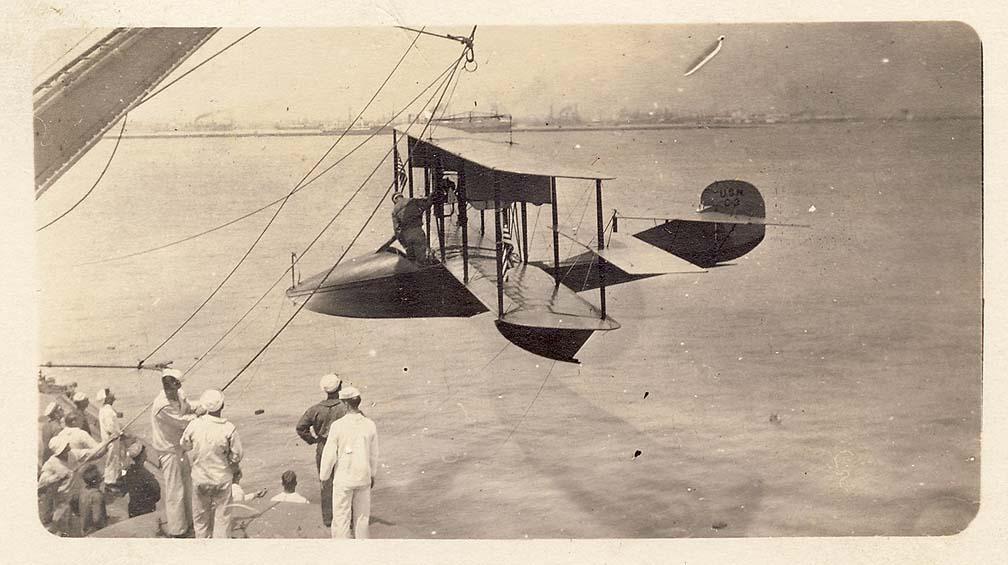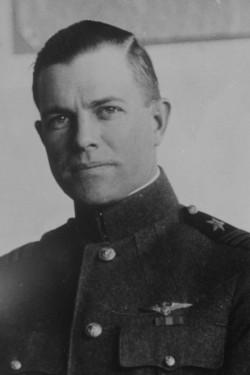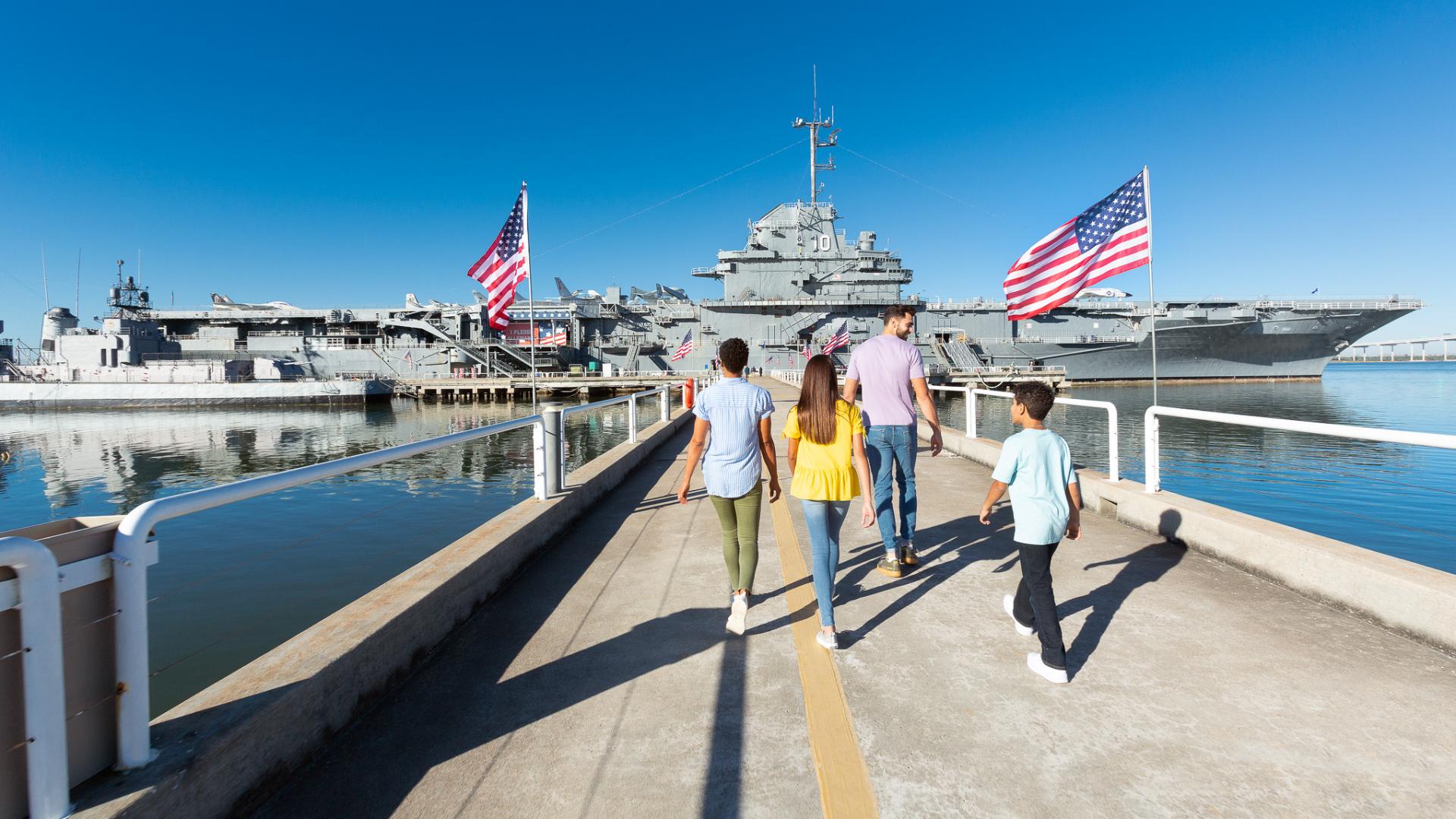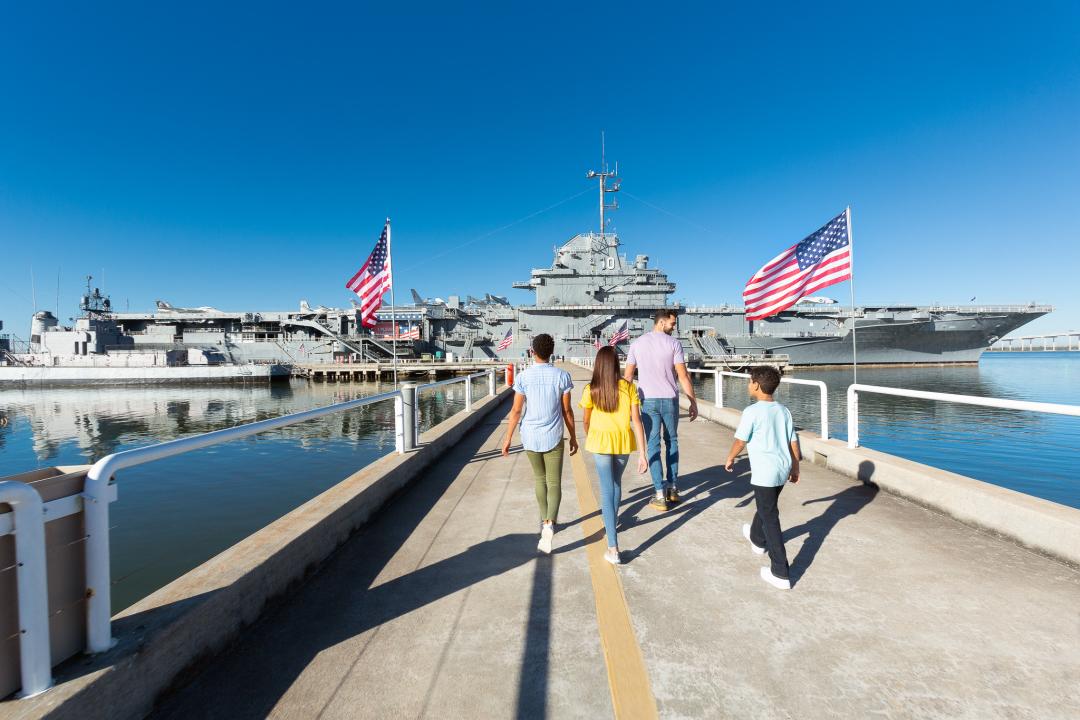
There is nothing more exhilarating than to be shot at without result.
Winston Churchill
South Carolinian and naval aviator Lieutenant (Junior Grade) Patrick N. L. Bellinger flew an AH-3 hydroaeroplane in combat over Veracruz, Mexico, on 06 May 1914. Born in Cheraw, SC, on 08 October 1885, Patrick Bellinger graduated from the Naval Academy in 1907. He was not alone in his flight as he carried Ltjg R. C. Saufley as an observer. They did not realize they had been shot at until return to base when one of the maintenance men noticed an angled hole through the fabric of the aircraft. Ltjg Bellinger would be one of the many officers put in for a Medal of Honor at Veracruz, but he did not receive one. Patrick Bellinger would later retire as a Vice Admiral (3 stars) in 1947 and while he was the first naval aviator to be shot at...he would not be the last!

Depending on the era in which you flew, getting shot at was a unique experience and like Bellinger above, sometimes you didn't know it until you returned and saw the holes. Certainly in WWI pilots could hear the machine gun fire, WW II was a little different, but gun flashes were visible along with tracers...once missiles came along pilots learned to watch for the telltale smoke trails, radio SAM (surface air missile) warnings from EW (electronic warfare) aircraft or the audio signal from a radar warning receiver (RWR) in your cockpit. As the Churchill quote states above, the adrenalin rush is high, but you quickly learn to do whatever it takes to stay alive.
Here's a look at a German newsreel of World War II showing the results of antiaircraft fire.
As a young naval officer in Virginia Beach, my downstairs neighbor had a brother who was a supply officer in the Navy. Normally supply officers don't get the same type of adrenalin rushes aviators receive routinely. However, my friend's brother was able to talk the Marine Corps helicopter squadron on his ship into allowing him to ride along for an evacuation flight of embassy personnel at Mogadishu, Somalia. He was sitting in the back of an H-46 looking out the back hatch with the air whipping through his hair. He was enthralled with the whole experience of flying low across the blue ocean waves below and then watched as the beach came closer and finally over the beach, feet dry (Naval aviator term for over land). As they cleared the beach, he began to hear high-pitched zinging sounds and asked the Marine sergeant onboard, "What's that zinging sound?" The sergeant replied, "Get your d__n head in here, they're shooting at us!"My friend's brother never again worked a squadron for additional flight time... he was done!
Here's what a short flight from the embassy to the airport looks like today in a Blackhawk!

